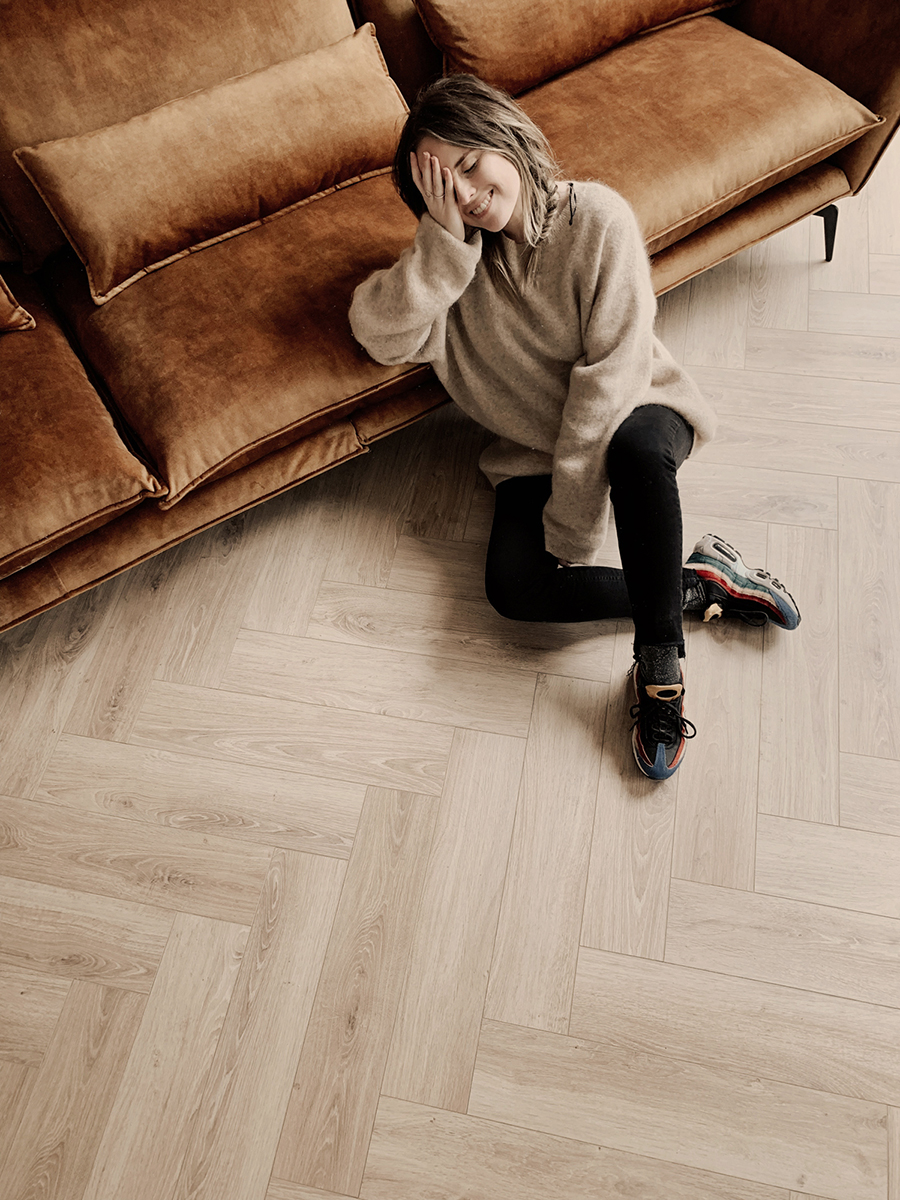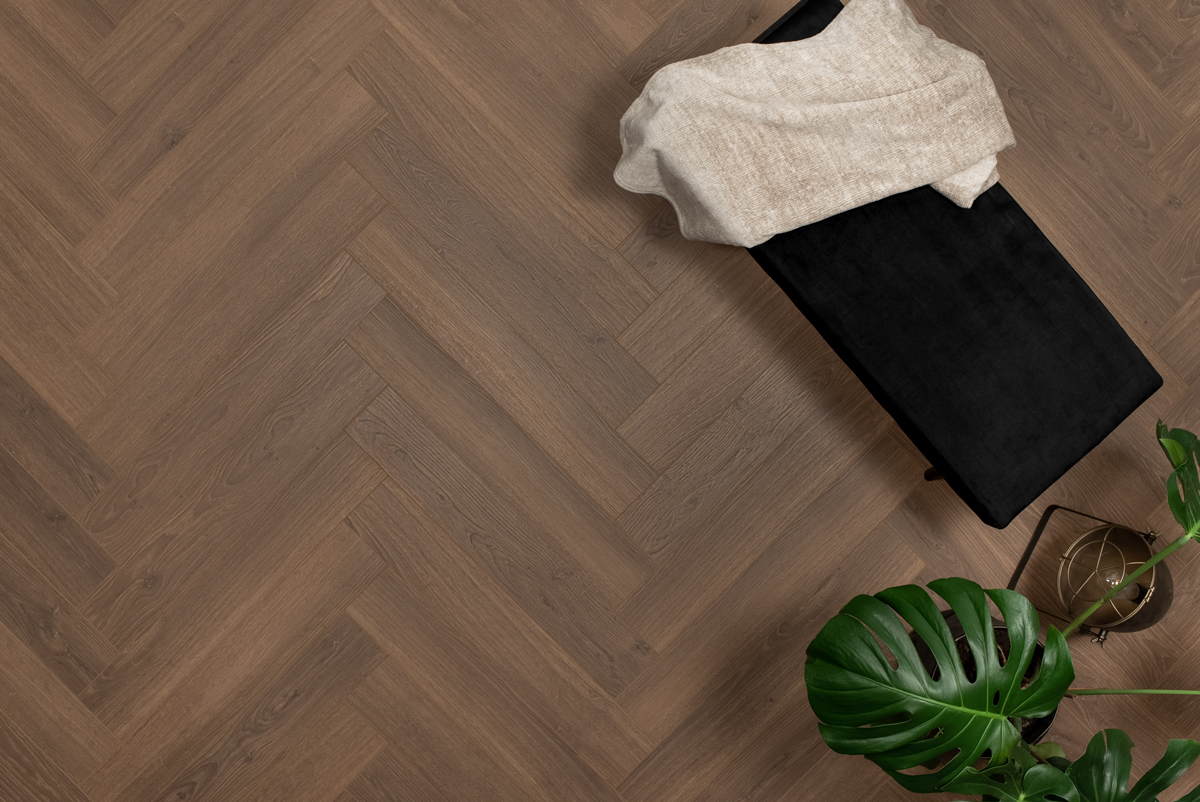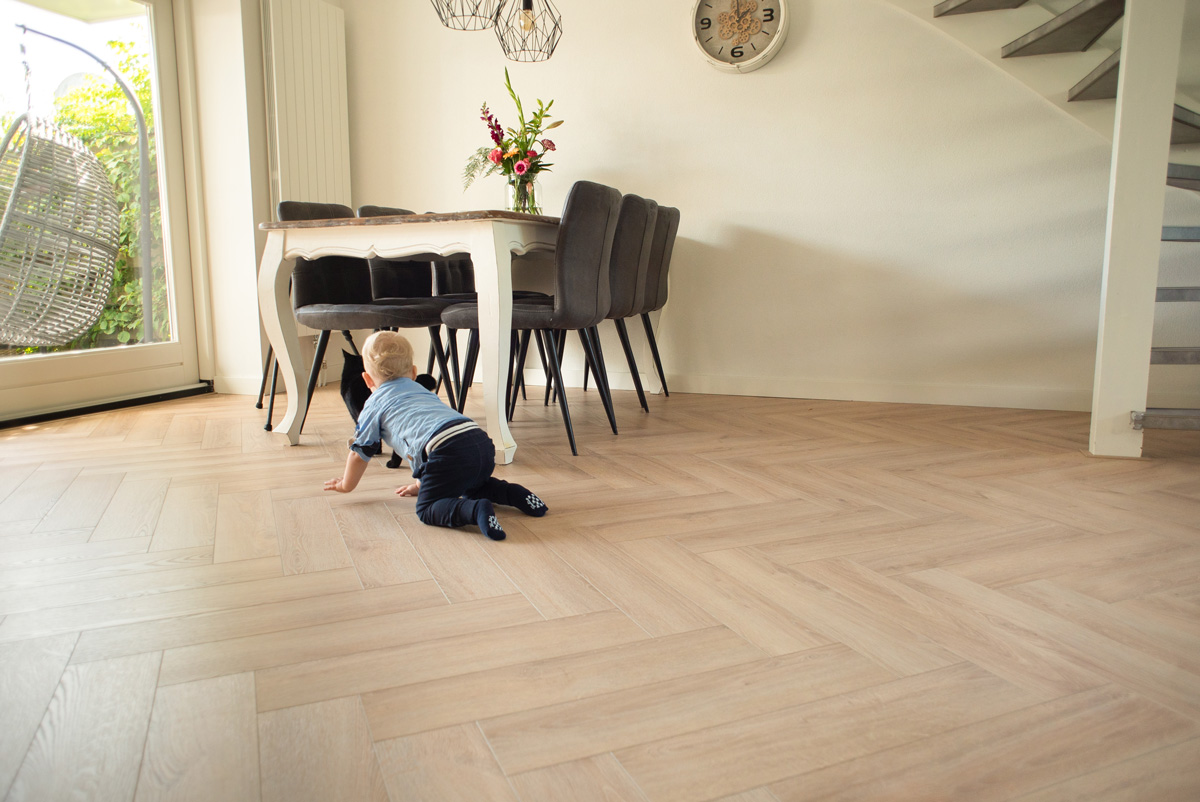As fun as it may be as a sound effect in a horror film, having a creaky floor is very irritating, especially if you confront it every day. Fortunately, we are here to help you remedy this problem. In this blog, you will find several answers to the burning question: “Why is My Laminate Floor Cracking?”
Why does my laminate floor creak?
A creaky floor can have several causes, so it is useful to check them all. As a wise man once said, “Trust is good, checking is better.” A creaking floor can be caused by an uneven surface, the wrong subfloor, or excessive humidity. We have listed all the possible causes for you, so you know how to prevent this problem!
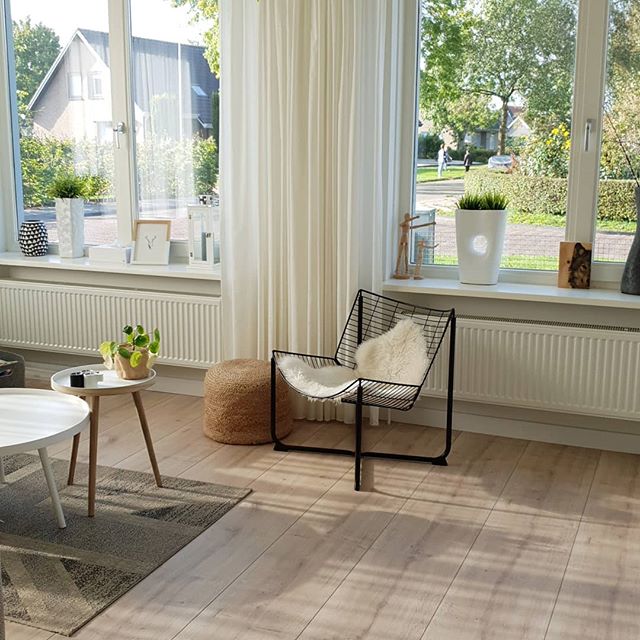
Laid wrong
It is important to follow the laying instructions that come with your floor, as neglecting them can have negative consequences once the floor is laid. Before you start laying the planks, the boards should be acclimatised to the room for at least 48 hours. This process ensures that the floor will not expand or shrink too much after installation. To learn more about acclimatising a floor, check out the Floer blog post “Why acclimatisation important?”. Whether you have a vinyl or laminate floor, acclimatisation is essential for all types of floors.
Are you planning to lay the floor yourself? If so, it’s important to have at least a basic understanding of the process. Although an oak laminate floor may be an ideal DIY option, it’s still helpful to have some knowledge and experience. Laying the floor the wrong way can lead to problems down the line. If you lack DIY experience, consider enlisting the help of a friend or family member who does.
If you don’t have a friend or family member with installation experience, you can always request an installation service from the dealer when ordering a Floer floor. This will help you avoid making mistakes during the installation process. Curious about the most common mistakes made when laying a floor? Check out the top 5 most common mistakes below.
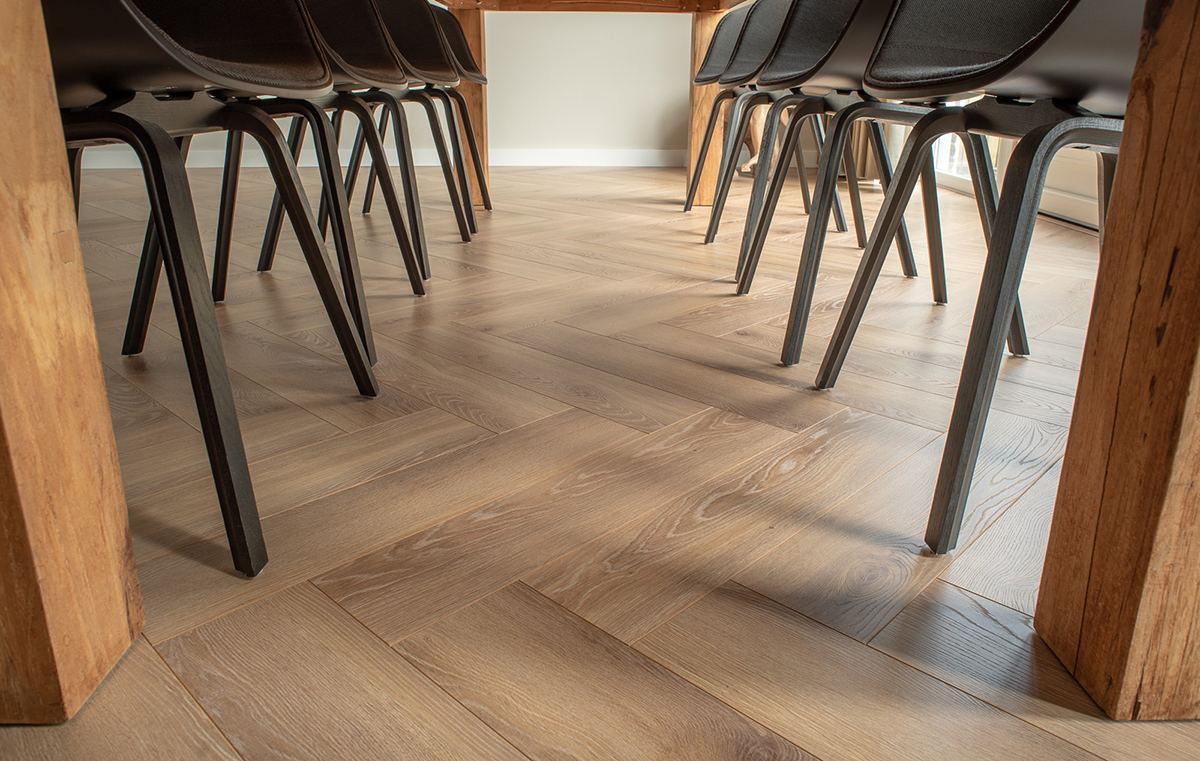
Subfloor not levelled
A subfloor that is not levelled can be a challenge when laying a floor, and it can also cause creaking. When laying the laminate flooring, the subfloor does not have to be as level as when laying a bonded vinyl floor. A subfloor is always used with laminate flooring, which allows for minimal unevenness to be addressed. However, if there is too much height difference in the subfloor, even with laminate, this will be noticeable and can result in a creaky floor. Therefore, if your subfloor has significant irregularities, it is not surprising that the floor makes noise after installation.
If your surface is not level, you must first level it before beginning the laying process. Levelling removes any unevenness, leaving you with a super-smooth surface. Besides preventing a creaky floor, levelling also contributes to quality preservation and extends the lifespan of the floorboards. After spreading, the levelling compound must dry for about 48 hours before it is completely walkable again, so keep this in mind!
Wrong underlay
Choosing the right underlay is just as important as selecting the right floor. Without a good underlay, problems can arise later on, preventing you from making the most of your floor. Since different floors have different properties, each requires a specific underlay. Additionally, the underlay you should choose depends on your home’s situation. For example, a dryback vinyl floor does not require a subfloor, as it is glued to the subfloor itself. There are various subfloors, all serving different functions. The Floer Non-Contact Underlay, for instance, is suitable for laminate flooring and was developed to reduce impact noise. If you are unsure of which underlay is best for your laminate floor and situation, you can always visit one of the Floer dealers to receive the best advice.

Humidity fluctuations
The final cause of the problem “Why does my laminate floor creak?” that we will cover in this blog is the humidity in the room. As mentioned earlier, it is important to allow the floorboards to acclimate so that they can adjust to the indoor climate. Acclimatisation ensures, among other things, that the floor adapts to the humidity, preventing it from shrinking or expanding after installation. Severe fluctuations in humidity after laying the floor can result in a creaky floor.
During winter, humidity tends to be lower, and if the heating is turned on, it can become even lower. This decrease in humidity can cause the laminate to shrink, creating spaces between joints and causing the floor to crack. To prevent this, it’s important to maintain a consistent temperature in your home and avoid fluctuating it too much, as this can help maintain proper humidity levels.

